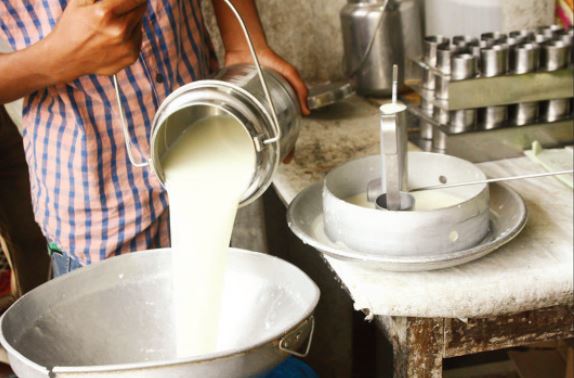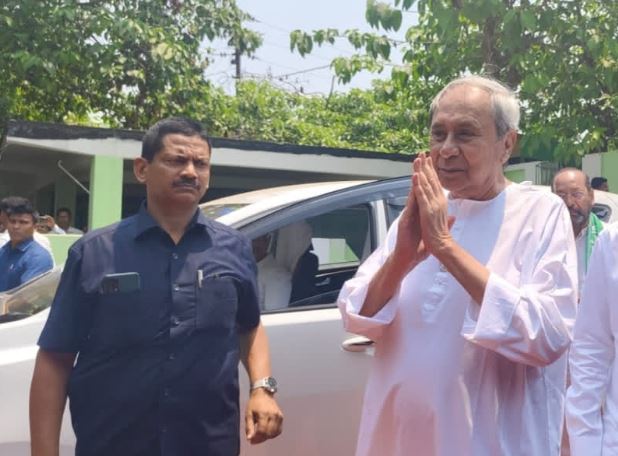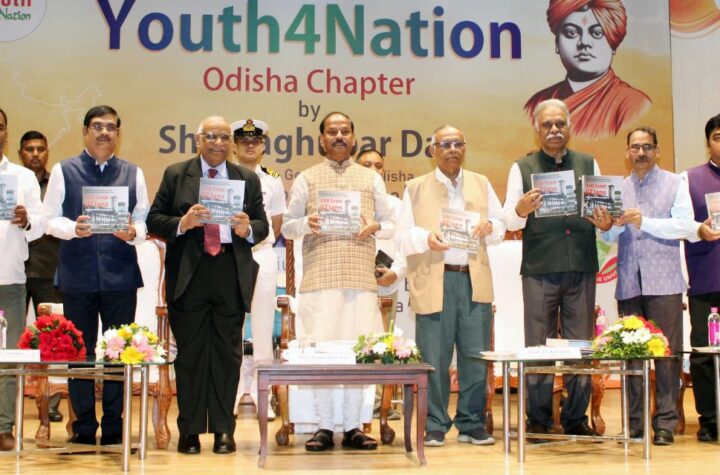Bhubaneswar: Odisha is lagging far behind the other states in dairy sector growth calling for an immediate intervention on the part of the state government to address the growing demand for milk and ensure the economic development of poor and marginal farmers of the state. Though Odisha is among the top 10 states with a maximum number of cattle population in the country, it was at the 18th spot in the list of states as per the volume of milk production in 2021-22. The per capita availability of milk in the state is 144 grams per day against the national average of 444 grams. The dismal situation of the dairy sector in the state has been brought to the fore in an approach note published by the National Bank for Agriculture and Rural Development (NABARD) recently. “Even the per-capita milk availability in the state is quite low compared to the national average (444 g/day) as well as ICMR recommendation of 300 gm/day from the basic nutritional requirement viewpoint,” NABARD observes in the sectoral note on dairy sector in Odisha. The apex development bank of India points out various issues plaguing the growth of the dairy sector in the state. The major constraints narrated in the note include low production capacity of existing cattle stock, shortage of fodder, lack of veterinary services, absence of timely Artificial Insemination (AI) service delivery, a large number of dormant/less functional milk co-operative societies, etc. Citing the Basic Animal Husbandry Statistics released by the Department of Animal Husbandry & Dairying (DAHD), NABARD in its note states that the majority of the animals present in the state are of a low-productive nature. The information produced in the document reveals that the average yields per in-milk crossbred, indigenous, nondescript cattle were 6.76 litre/day, 2.66 litre/day, and 1.42 litre/day respectively during 2021-22. Meanwhile, the national average yields for the crossbred, indigenous, nondescript cattle were 8.32 ltr/day, 4.07 ltr/day, and 2.83 ltr/day respectively during the above period which was much higher than the average yield of cattle stock in Odisha. The report also exposes the lack of government support for the Odisha State Cooperative Milk Producers Federation (OMFED), a state government-owned apex-level Dairy Cooperative Society. OMFED looks after the entire chain of milk procurement, chilling, processing, value addition, and marketing through the three-tier cooperative structure of Federation at the state level, Milk Unions at the district level, and Milk Producer’s Cooperative Societies (MPCS) at the grassroots level. The report throws light on the prevailing mismanagement at various levels in the organisation such as untimely payment of farmer dues, and non-non-functional Dairy Cooperative Societies (DCSs) organised by Milk unions/OMFED on regular intervals. The report asserts, “Due to irregularity in payment of milk price to the farmers by OMFED through some milk unions, the milk pouring by the farmers in the DCS is getting reduced gradually and also not enabling the farmer to expand their existing dairy unit at village level.” NABARD suggests that the state government should make OMFED more vibrant and competitive to compete with other private players in the dairy value chain.
Exclusive
Breaking News
 CM Files Nomination for Hinjili Assembly Seat
CM Files Nomination for Hinjili Assembly Seat
 Liquors Policy Scam: ED has no material necessitating my arrest, Kejriwal tells SC
Liquors Policy Scam: ED has no material necessitating my arrest, Kejriwal tells SC
 Youth need encouragement & guidance to take India a great heights: Odisha Governor
Youth need encouragement & guidance to take India a great heights: Odisha Governor
 26% with criminal cases and 46% crorepatis in third phase
26% with criminal cases and 46% crorepatis in third phase
 Columbia University aakes back Deadline set for Protesters to Leave Campus
Columbia University aakes back Deadline set for Protesters to Leave Campus






More Stories
Low vision clinic inaugurated at AIIMS Bhubaneswar
Urban education programme comes in handy for Odisha’s tribal, dalit kids
J&K to get statehood, assembly elections not far: PM